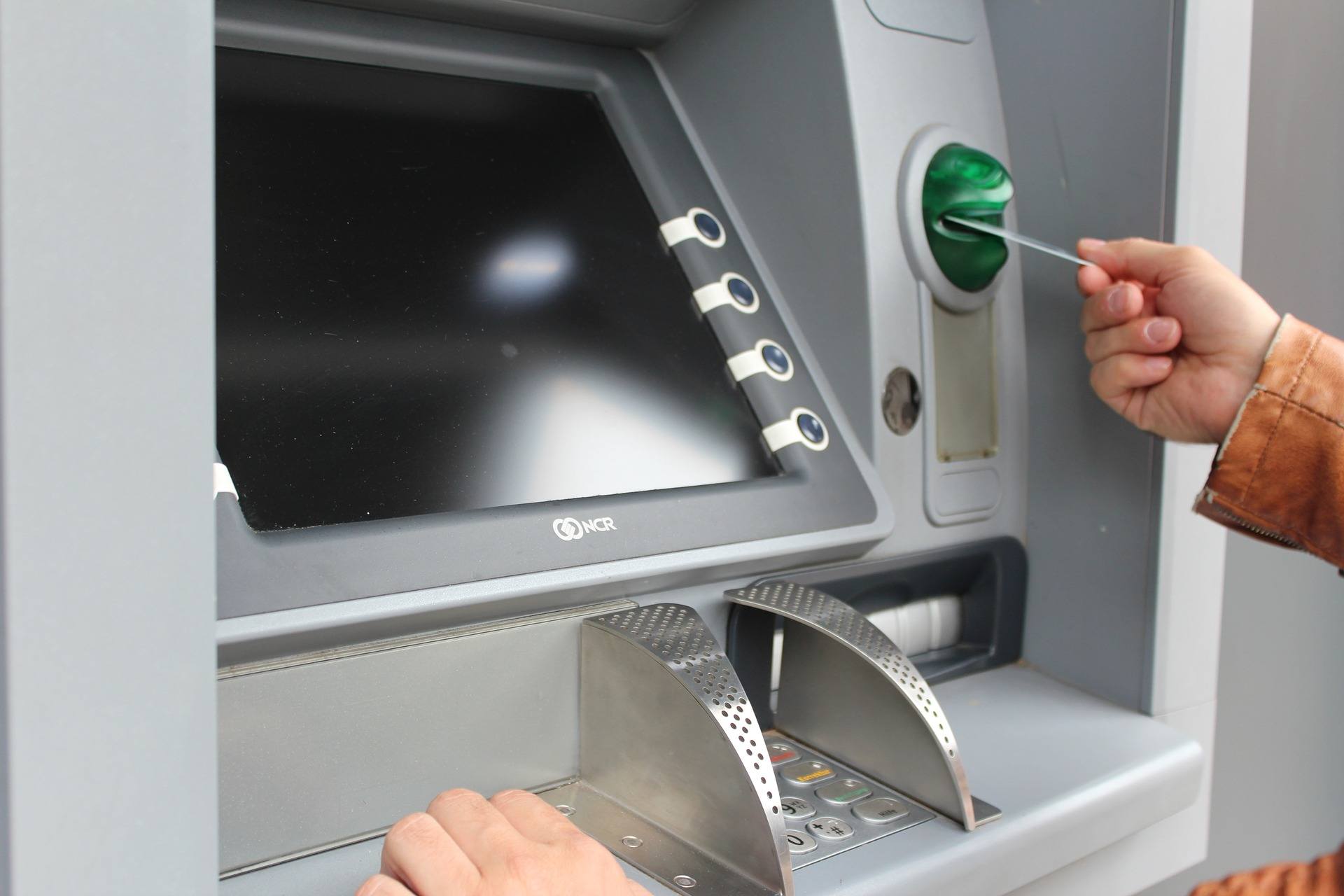No products in the cart.

It doesn’t take a rocket scientist to comprehend why the numerous automated teller machines in the streets lure criminals. Whereas physical methods used to dominate the thieves’ repertoire, their tactics have evolved toward more intricate techniques based on the use of electronic devices. ATM attacks involving the so-called “black boxes” equipped with a single-board computer are gearing up for a rise these days. This article is going to cover the essentials of this growing exploitation vector. Last year, the Chief Executive Officer of ATMIA (the ATM Industry Association) Mike Lee said black box attacks were shaping up to be a major threat to the global cash machine ecosystem. A commonplace ATM consists of ready-made electromechanical parts put together within a single box. The manufacturers equip their machines with cash dispenser modules, card readers and other elements made by third parties. In other words, these entities resemble LEGO building kits to....
Subscribe
0 Comments